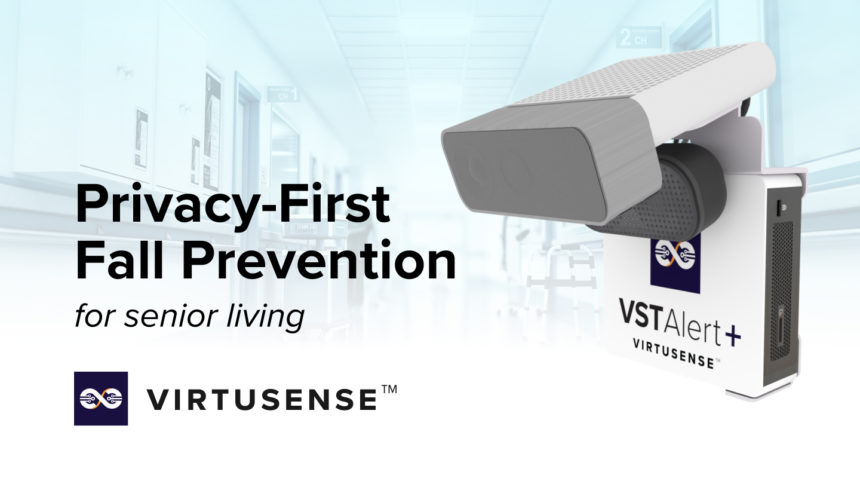
By: Deepak Gaddipati, founder and CTO of VirtuSense Technologies

[Partner content] Senior living communities face a battle to provide privacy and support for their residents while also being watchful and attentive to any health declines. The line between watchful and invasive is often dependent on the individual being monitored, and then further limited by resources and low staffing.
While communities strive to provide the best care for their residents, there are scores of policies and directives that pull staff attention away from residents. This is where artificial intelligence (AI) is paving the way for safer senior living.
AI is all around us. Virtual assistants are on our cell phones, and autonomous cars can “see” the road and respond. These tools rely on highly specific pattern recognition, which is what makes AI perfectly suited for long-term care monitoring, and these solutions are being developed to be more flexible for patients and residents at all levels of care. Previous monitoring solutions focused on bed-bound residents, but as AI technology improves, so can monitoring for more independent residents.
VSTAlert for Senior Living is using AI to create proactive fall monitoring for more mobile senior living residents, especially those in memory care units. The solution is adaptable to each resident’s monitoring needs featuring high and low-risk modes that can be set on a custom schedule and updated as needed. Using the same ultra-precise AI and LIDAR sensors as VSTAlert for Skilled Nursing, the system monitors resident rooms for falls when set for low-risk monitoring and detects bed or chair exits to alert staff before a fall for high-risk monitoring. The technology is designed to give residents more freedom to live their routines privately while also supporting care staff with proactive alerts for high-risk residents. And because the system does not use cameras, residents maintain a higher level of privacy.
Care teams can rely on AI monitoring to provide additional awareness of resident safety, without increasing rounding or staffing. The solution monitors resident rooms 24/7 to maintain consistent awareness between shifts, and interfaces directly with the care team onsite to address alerts. This reduces delays and empowers even short-staffed teams to prevent falls in the moment, instead of reacting to a fall after it happens. As an example, VSTAlert for Senior Living relieves stress from night shifts by monitoring all residents for midnight bed exits. Staff can assist restless residents quickly and avoid disrupting peaceful residents with rounding or loud fall alarms.
The unique power behind AI is its autonomous nature. Once in action, the solution works steadily in the background, allowing residents to live unrestrained and staff to focus on care. Once AI is integrated into a team’s day-to-day processes, they can rely on AI to be vigilant, proactive, and detail-oriented, which allows staff to be flexible, creative, and compassionate.
AI technology is assisting long-term caretakers, enabling them to prevent falls and keep residents safe. At VirtuSense Technologies, our mission is to accelerate access to healthcare. We were founded in 2013 by engineers who wanted to prove that you don’t have to wait for a fall or a heart attack to be cared for — predictive AI can make healthcare simple, affordable, and accessible without compromising the quality of care.



